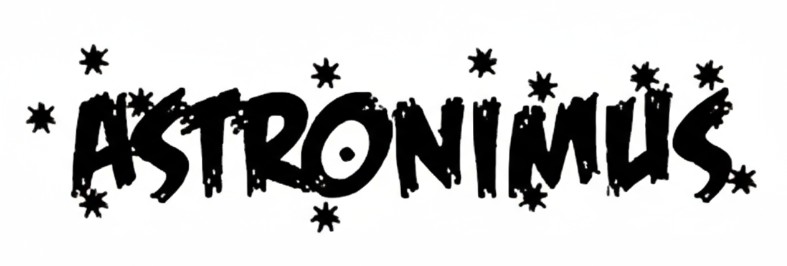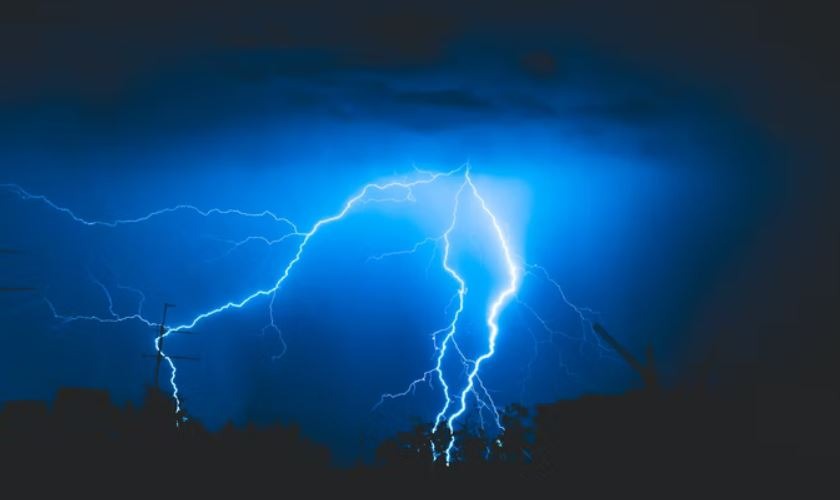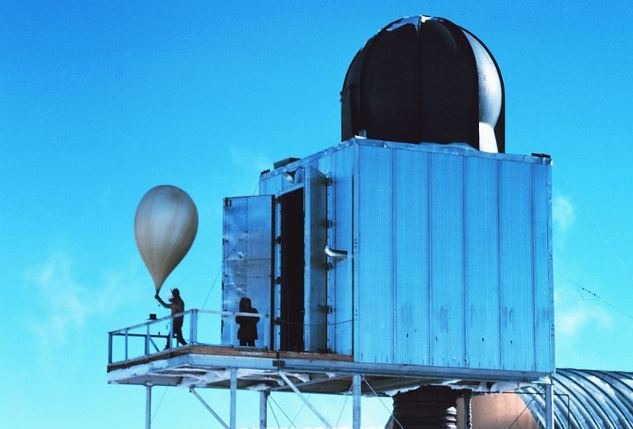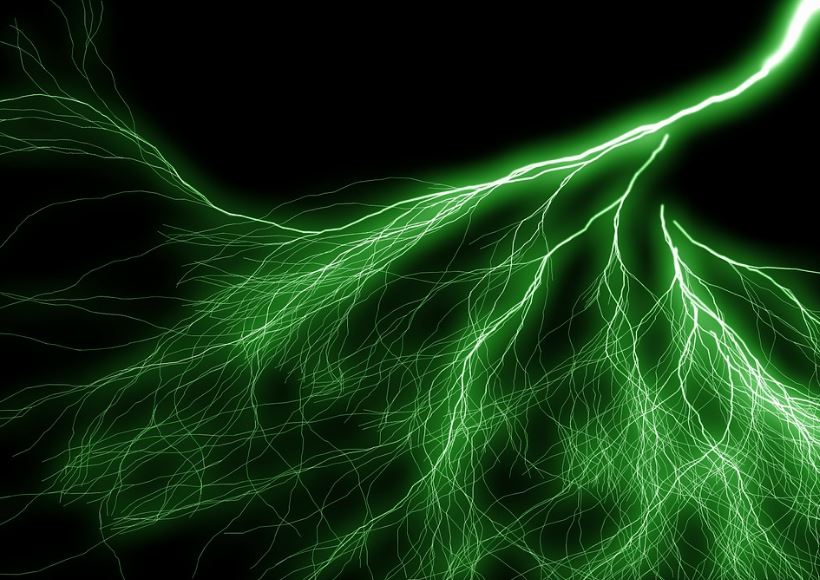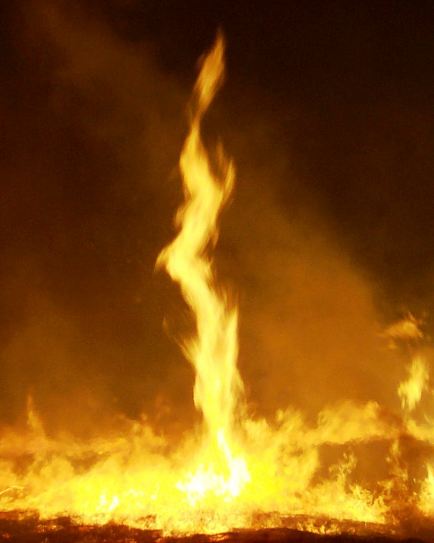Does Green Lightning Occur on Every Continent?

Green lightning has been observed on every inhabited continent, suggesting it's a global phenomenon. You'll find reports of this rare spectacle from North and South America to Europe, Asia, Africa, and Australia. While Antarctica lacks sufficient human population for regular sightings, atmospheric conditions there could support its occurrence. The right mix of thunderstorms, humidity, and atmospheric particles creates the perfect environment for green lightning, which isn't confined to specific regions.
Despite myths, it's more widespread than commonly believed. Advanced detection technologies have revolutionized our understanding of this engrossing event. Exploring the science behind green lightning reveals fascinating perspectives into our planet's atmospheric wonders.
The Science of Green Lightning

The science behind green lightning is both fascinating and complex. When you observe this rare phenomenon, you're witnessing a unique interplay of atmospheric conditions and light refraction. Green lightning occurs due to specific electrical properties and chemical composition of the air during a thunderstorm.
Lightning typically appears white or blue-white because of the ionization of nitrogen molecules in the atmosphere. However, green lightning results from a higher concentration of oxygen at lower altitudes. As the lightning bolt travels through the air, it excites oxygen atoms, causing them to emit light in the green spectrum. Green lightning is believed to occur frequently inside thunderclouds, but it is often hidden from view due to the constrained electrical charges.
The electrical properties of the lightning bolt also play a pivotal role. The intense heat and pressure generated by the electrical discharge can cause metal particles in the air to vaporize, contributing to the green hue. Additionally, the presence of certain minerals or pollutants in the atmosphere can influence the color.
It's important to note that green lightning is often observed indirectly, either through cloud-to-cloud lightning or as a reflection off clouds. This makes it challenging to study and document, adding to its enigmatic nature.
Eyewitness Accounts and Reports
While scientific explanations offer meaningful understanding into green lightning, eyewitness accounts provide important real-world observations of this rare phenomenon. You'll find that accurate eyewitness accounts often come from experienced storm chasers, meteorologists, and weather enthusiasts who are familiar with various atmospheric phenomena. Reports from the southwestern United States desert regions have documented green lightning occurrences in those areas.
These reports typically describe a brief, intense flash of green light during thunderstorms, often lasting only a fraction of a second. Some observers have noted that the green color appears more vivid when viewed against a dark sky or when the lightning occurs near the horizon.
Unusual sighting locations have also been reported, with green lightning observed in unexpected places like deserts or over bodies of water. These accounts help researchers identify potential patterns and correlations between green lightning occurrences and specific environmental conditions.
It's important to note that not all reported sightings are reliable, as factors like camera settings, optical illusions, or misidentification can lead to false reports. However, when multiple credible witnesses describe similar experiences in different locations, it lends credence to the existence and widespread nature of green lightning.
Green Lightning Across Continents
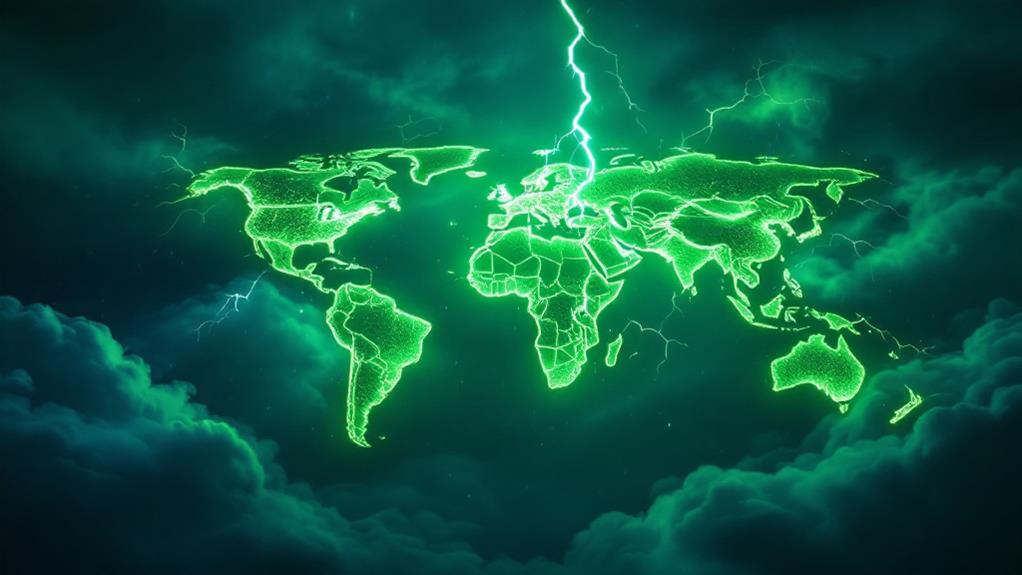
Green lightning isn't confined to a single region or continent. This rare weather phenomenon has been observed across the globe, mesmerizing witnesses with its eerie glow. You'll find reports of green lightning from various parts of the world, including North America, South America, Europe, Asia, Africa, and Australia.
In North America, unusual lightning strikes featuring green hues have been documented in several states, particularly during severe thunderstorms. South American countries like Brazil and Argentina have also witnessed this spectacle. European observers have reported green lightning in countries such as France, Germany, and the United Kingdom.
Asia isn't left out of this phenomenon, with sightings in India, China, and Japan. In Africa, green lightning has been observed in countries like South Africa and Nigeria. Even Australia has experienced these otherworldly flashes.
While Antarctica lacks substantial human populations to consistently report such occurrences, it's possible that green lightning could occur there as well. The global distribution of these sightings suggests that the conditions necessary for green lightning can potentially exist on every continent, making it a truly worldwide phenomenon.
Atmospheric Conditions and Geography
Although green lightning has been observed worldwide, specific atmospheric conditions and geographical features play a significant role in its occurrence. You'll find that regions with frequent thunderstorms and high atmospheric moisture content are more likely to experience this phenomenon. Coastal areas and tropical regions often meet these criteria, as they tend to have the right mix of warm air, humidity, and unstable atmospheric conditions.
The type and height of cloud formations also influence green lightning. Tall, towering cumulonimbus clouds, often associated with severe thunderstorms, are prime candidates for producing this rare color. These clouds can extend up to 60,000 feet into the atmosphere, where the air is thinner and colder.
Atmospheric pressure variations can affect the electrical discharge process, potentially contributing to the green hue. You'll notice that areas with rapidly changing pressure systems, such as those near mountain ranges or along weather fronts, may be more prone to unique lightning displays.
Geographical features like mountains, valleys, and large bodies of water can create localized weather patterns that favor green lightning formation. These terrains can influence air circulation, moisture levels, and temperature gradients, all of which play a role in thunderstorm development and lightning characteristics.
Debunking Myths and Misconceptions
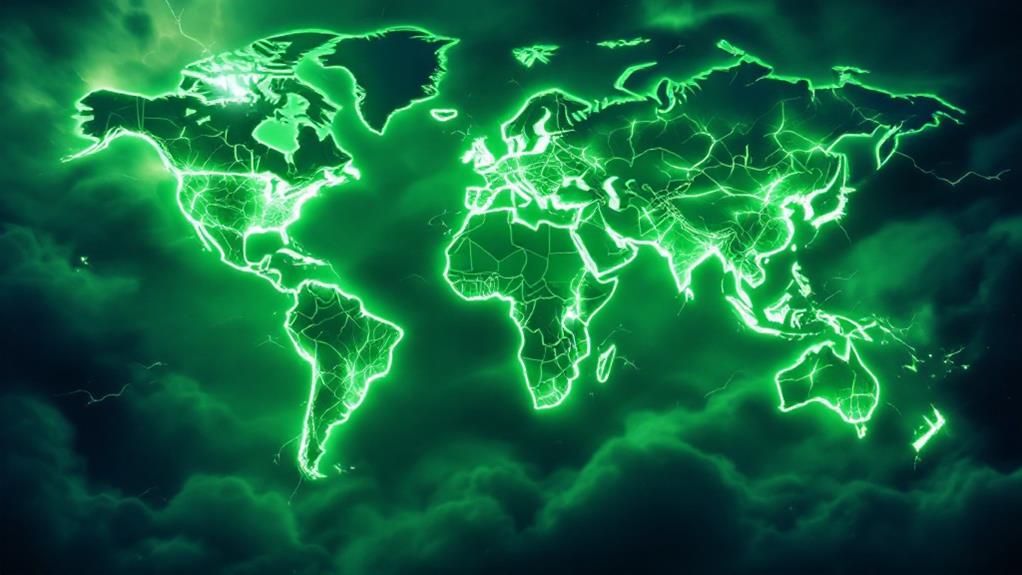
Several myths and misconceptions surround green lightning, often leading to confusion about its nature and occurrence. You've probably heard claims about green lightning being a sign of supernatural events or mythical occurrences. However, these ideas are far from the truth.
One common misconception is that green lightning is extremely rare or only occurs in specific locations. In reality, it's more widespread than you might think. Another myth suggests that green lightning is a separate phenomenon from regular lightning. This isn't accurate; the color difference is due to atmospheric conditions and not a distinct type of electrical discharge.
Some people believe green lightning has special powers or signifies impending disasters. These notions aren't supported by scientific explanations. The green hue is simply a result of light interaction with particles in the atmosphere.
You might have also encountered the idea that green lightning is always visible to the naked eye. In fact, it's often only captured by cameras due to their ability to detect a wider array of light than human eyes.
Technological Advancements in Detection
In recent years, scientists have made notable advancements in detecting and studying green lightning. You'll find that modern technology has revolutionized our ability to observe this rare phenomenon across the globe.
Satellite imaging technology has played an essential role in capturing green lightning events from space. These advanced satellites can detect various wavelengths of light, allowing researchers to identify the unique spectral signature of green lightning. You'll be amazed at how these images provide a thorough view of storm systems and their electrical activity.
Lightning detection networks have also greatly improved our capacity to track and analyze green lightning occurrences. These networks consist of ground-based sensors that can pinpoint the location and intensity of lightning strikes with remarkable accuracy. You'll appreciate how this data helps scientists map the distribution of green lightning events worldwide.
Furthermore, high-speed cameras and spectrometers have enabled researchers to capture and analyze green lightning in unprecedented detail. You'll discover that these tools allow for the study of the phenomenon's duration, intensity, and chemical composition, providing valuable insights into its formation and characteristics.
Environmental Factors and Climate Change
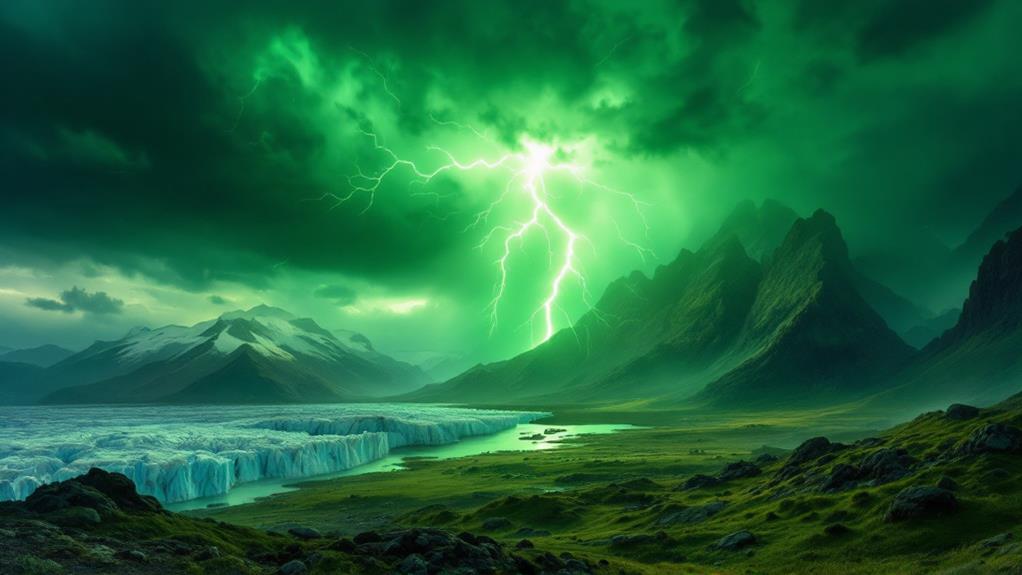
Exploring the intersection of green lightning and climate change, you'll find that environmental factors play an indispensable role in the occurrence of this phenomenon. As our planet's climate continues to shift, the conditions that give rise to green lightning may become more prevalent in certain regions while diminishing in others.
Climate change impacts green lightning through various mechanisms:
- Increased greenhouse gas emissions alter atmospheric composition, potentially affecting the chemical reactions that produce the green hue.
- Rising sea levels and changing ocean temperatures influence storm patterns, which could modify the frequency and intensity of lightning events.
- Shifting weather patterns may alter the distribution of aerosols and particulate matter in the atmosphere, affecting lightning color.
- Changes in vegetation cover due to climate change can impact the availability of certain elements that contribute to green lightning.
You'll notice that these environmental factors are interconnected, creating a complex web of influences on green lightning occurrence. As climate change progresses, scientists are closely monitoring how these shifts may impact the distribution and frequency of green lightning across different continents. Understanding these relationships is indispensable for predicting future patterns and potential impacts on ecosystems and human activities.
Future Research and Predictions
As our understanding of green lightning and its relationship with climate change evolves, researchers are setting their sights on future investigations and predictions. You can expect to see more advanced atmospheric composition analysis techniques being developed to better study the conditions that give rise to green lightning. These methods will help scientists pinpoint the exact chemical reactions occurring in the atmosphere during these rare events.
Weather modeling techniques are also likely to improve, allowing for more accurate predictions of when and where green lightning might occur. You'll see researchers combining data from multiple sources, including satellite imagery and ground-based sensors, to create thorough models of atmospheric conditions.
In the coming years, you can anticipate more studies focused on the global distribution of green lightning. Scientists will be working to determine if it truly occurs on every continent and under what specific circumstances. They'll also be investigating potential links between green lightning frequency and long-term climate trends. As our climate continues to change, you might see shifts in the occurrence and intensity of green lightning events, providing useful information into our changing atmosphere.
Frequently Asked Questions
Can Green Lightning Strike People or Objects on the Ground?
You might wonder if green lightning can strike people or objects on the ground. While it's rare, it's possible. Green lightning can potentially injure humans and damage property just like regular lightning. Its unique color doesn't change its destructive nature. If you're caught in a storm with green lightning, you should take the same precautions as with any lightning. Seek shelter immediately to protect yourself from potential injury and your belongings from damage.
How Does Green Lightning Affect Wildlife and Ecosystems?
When you consider green lightning's impact on wildlife and ecosystems, you'll find it's not well-documented. However, like regular lightning, it could potentially cause habitat disturbances and ecosystem disruptions. You might see animals startled by the bright flashes and loud thunder, leading to temporary changes in behavior. It's possible that green lightning could ignite fires, affecting vegetation and animal habitats. However, these effects aren't unique to green lightning and are similar to those of typical lightning strikes.
Are There Cultural or Mythological References to Green Lightning?
You'll find spiritual beliefs and folklore tales surrounding green lightning in various cultures. In some Native American traditions, you might hear of green lightning as a sign of healing or renewal. Celtic folklore often associates it with faerie magic or supernatural events. You'll encounter stories in South American cultures linking green lightning to earth spirits or divine messages. These myths reflect humanity's tendency to ascribe meaning to rare natural phenomena, weaving green lightning into the fabric of cultural narratives and spiritual symbolism.
Can Green Lightning Be Artificially Created or Reproduced in Laboratories?
You can artificially create green lightning in laboratories using plasma generation techniques and lightning simulation experiments. Scientists employ various methods to reproduce this rare phenomenon, including high-voltage discharges in controlled environments. By manipulating gas compositions and electrical parameters, you'll witness lively green flashes reminiscent of natural occurrences. These experiments not only help researchers study the physics behind green lightning but also provide useful knowledge into atmospheric processes and potential applications in fields like plasma physics and electrical engineering.
Does Green Lightning Have Any Practical Applications or Potential Uses?
You might wonder if green lightning has practical uses. While it's primarily a natural phenomenon, scientists are exploring potential applications. You could see it used for agricultural purposes, potentially influencing plant growth or pest control. In industrial applications, researchers are investigating its possible role in atmospheric cleansing or energy generation. However, these ideas are still theoretical, and more research is needed to determine if green lightning can be tapped, harnessed, or utilized for practical use in the future.
